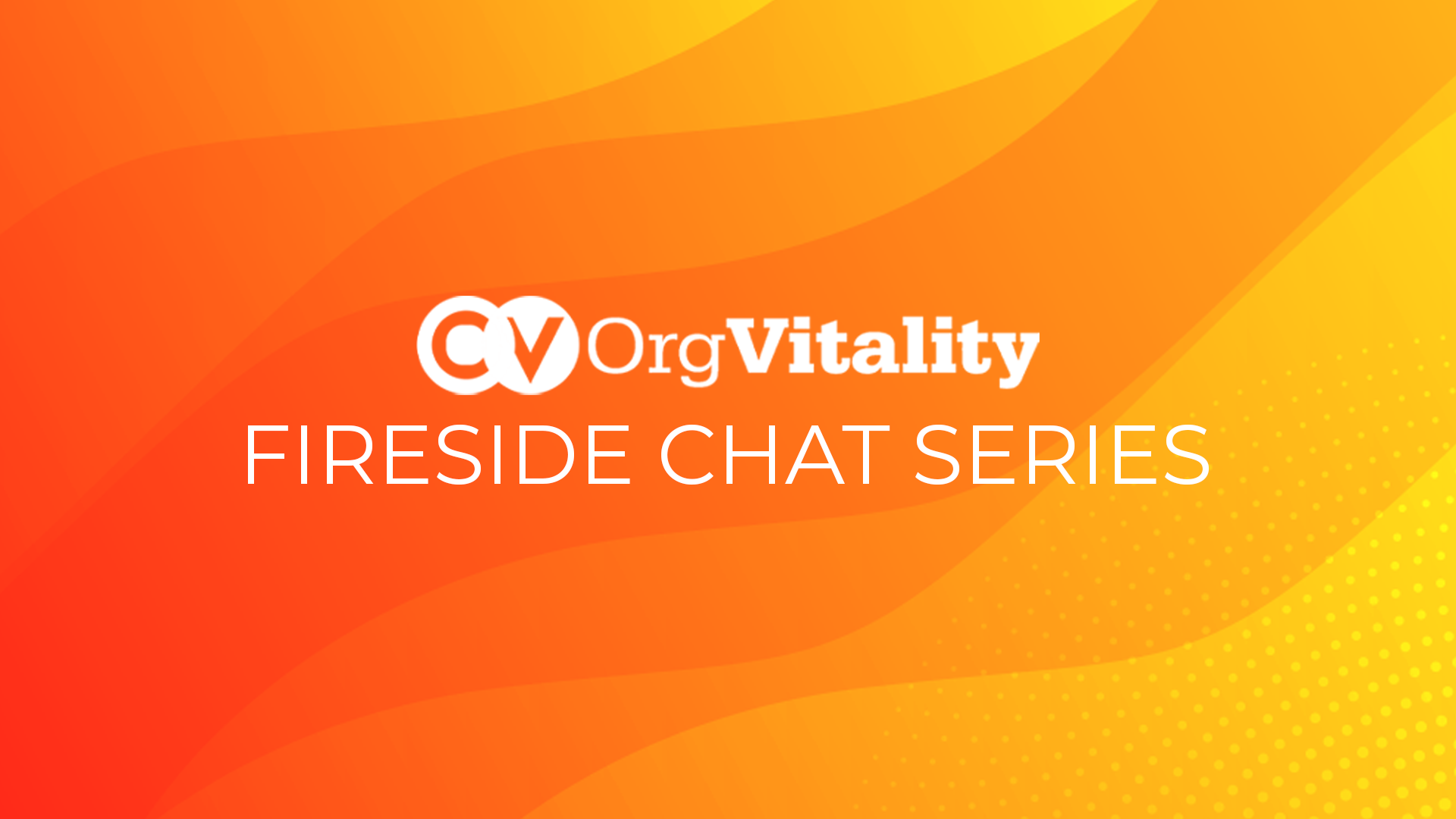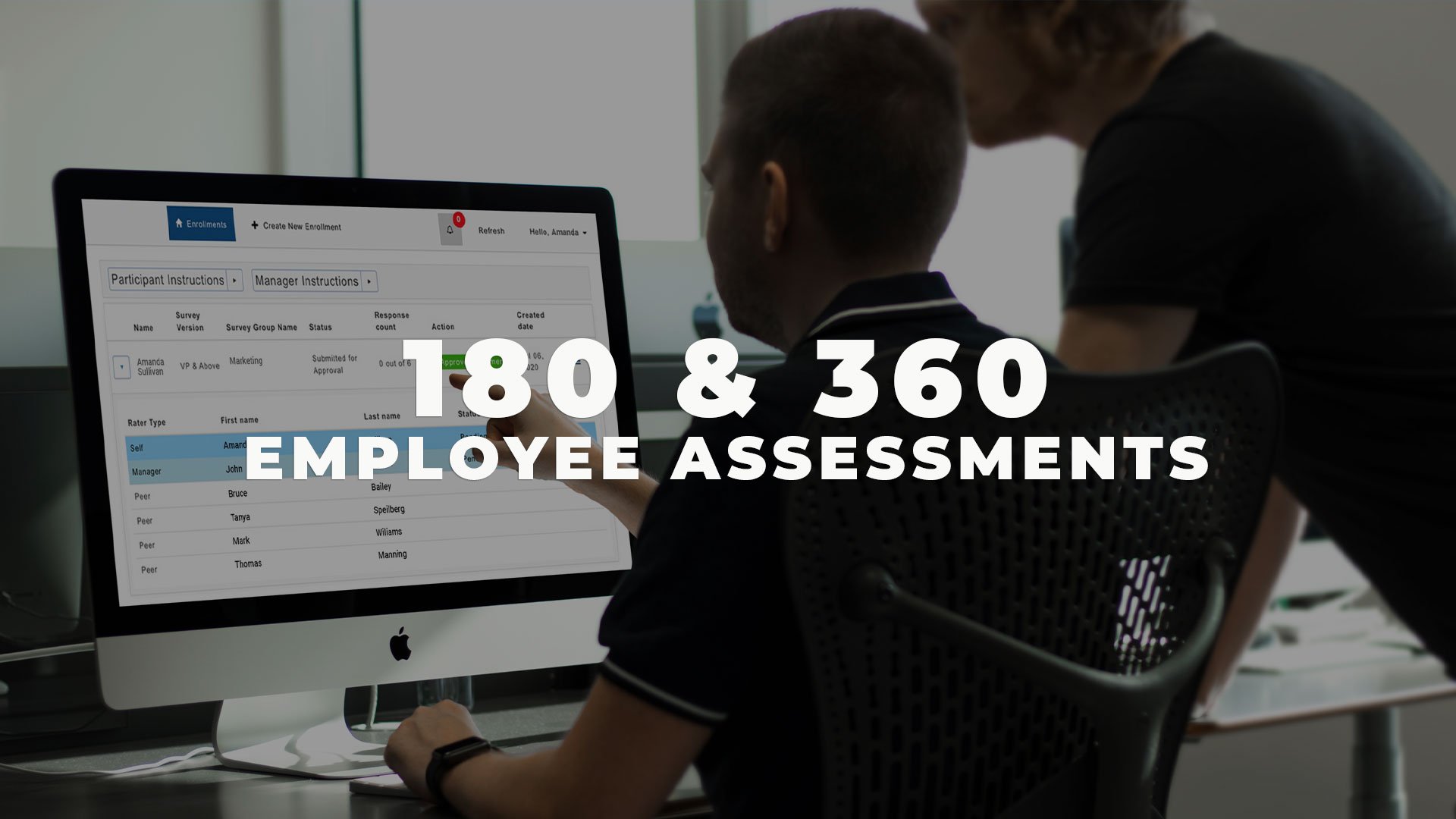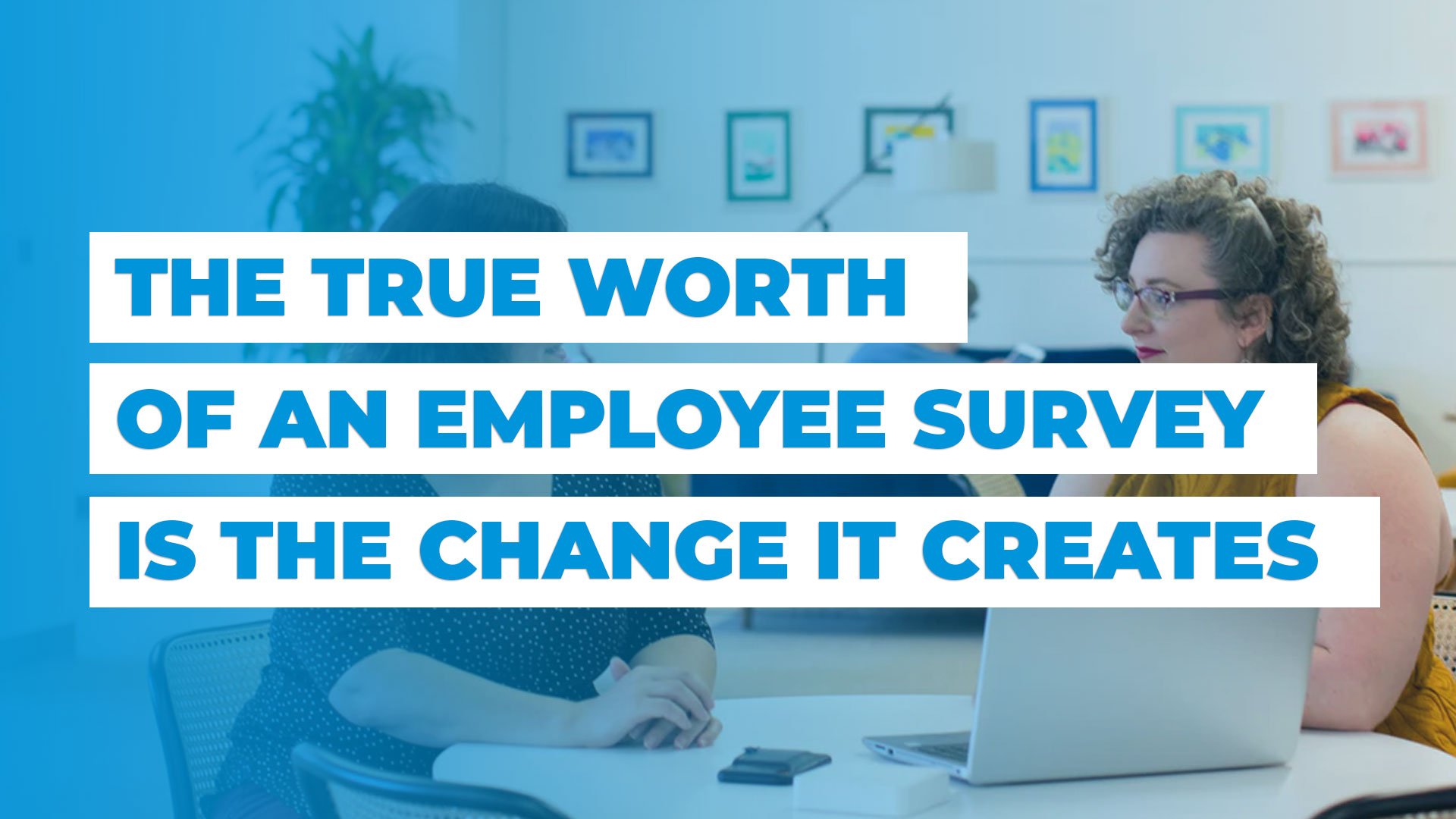
Using the right tools and people can help make your listening efforts easier and more effective.
1. Choose the right tools
There are so many shiny tools out on the market that it’s easy to get excited about the possibilities. At OrgVitality, we always recommend starting with what you’re aiming to achieve, and then choosing the right tool for that need. For example, if your goal is making it easier for managers to take action post-survey, then our Automated Action Prioritization Tool can be deployed to focus managers on the three items most likely to have an impact on the organization. Or, if you’re worried that managers are overwhelmed or unclear with their post-survey responsibilities, our Manager Academy is an automated 8-week email digest that sends just-in-time tidbits of information or resources that helps managers to know exactly what to do in that moment. The right survey vendor should help direct you to the tools that work for organization – deployed because they make sense, and not just because they’re there.
[Read More: Micro-training for Managers: How to Help Drive Change Post Survey]
2. Solicit Expert Advice
A survey consultant can be very helpful in strategically designing your listening efforts. You want to find a consultant with deep experience designing and administering surveys, as well as crafting action afterwards. The best consultants see themselves a partner of your organization; working jointly towards accomplishing your goals. With OrgVitality, your consultant is deeply involved with your listening efforts from start to finish. If you have a question or tough decision, your consultant is there to help you make the right choice.
[Related Ebook: 5 Steps to Getting The Most Out Of Your Survey Consultant]
3. Ensure Employee Privacy and Data Protection
Whether you’re surveying employees in places where GDPR or other privacy laws are in effect or not, it’s always best practice to use the most stringent privacy practices. Make sure data is secure, and no one has access to it who isn’t allowed. Ensure that there are robust business rules in place to make sure confidentiality doesn’t get breached. Communicate to employees exactly how their data will be handled; best practice is to have a reputable third-party vendor handling the data who will have business rules in place that ensure a minimum number of responses (Min N) for reporting. If you aren’t sure what that Min N should be, an Industrial Organizational Psychologist can help. And if you use a survey vendor, make sure to ask who owns the data – it should always belong to the client organization and not the vendor.
[Learn More: 5 Questions Every Survey Team Needs To Ask About Data Privacy]
4. Communicate Clearly, and Often
Let employees know how important it is to hear from them, and how you’ll protect their privacy. Then, back up those words with your actions – show them exactly what changes come from the survey, and explain why you’ve prioritized those specific things. Building trust year over year will help you gain support for the survey, making it easier each year.
Author

Amanda focuses on business development, including creating branded content, managing special events, and working with clients to enhance their internal communications. Amanda comes to OrgVitality from the media industry, where she had 20 years of experience writing for national magazines, newspapers, online publications, and television news programs. She graduated from Columbia University with a B.A. in English and Comparative Literature






